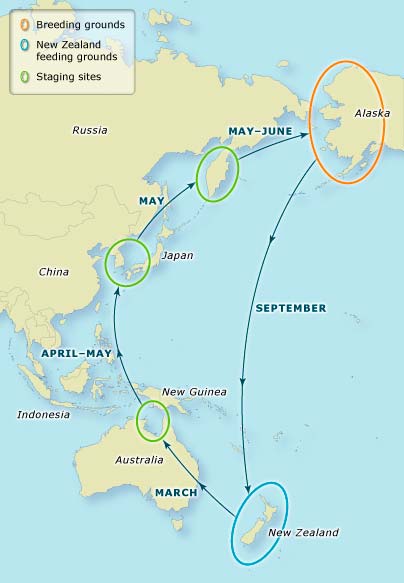Today was a very productive day in Biology.
Students became teachers and the teacher became a student. We were all given different topics to learn on our own. And after we learn for a good 20 minutes, we all gather around in one table and teach each what we learnt about. After we teach each other about our lessons, we give them our activities that we came up with. Me and BobbiGrace did Kahoot, Cherub made us a crossword and Lana was to define it and draw a diagram about it.
Cherub: Tropisms and Growth Responses
Tropisms are directional growth responses to external stimuli. It is directional growth because it grows either towards or away the stimuli. Tropisms are identified according to the stimulus involved, e.g. photo- (light), gravi- (gravity), hydro- (water), and are identified as positive or negative. I'll use sunlight as an example. When a plant is growing outside under the sunlight, the plant grows towards the sunlight, this is called POSITIVE PHOTOTROPISM.
BobbiGrace: Investigating Photo-tropism
Photo-tropism is when a plant is growing towards the light. Auxins promote cell elongation and are inactivated by light. But when a stem is exposed to light, auxin becomes unequally disturbed either side of the stem. When a stem is exposed to sunlight on the left, the auxin that is produced in the tip of the shoot, goes down on the right side. This causes the right side to elongate faster than the side that is exposed to sunlight. As this happens the plant bends towards the sun which is called positive PHOTOtropism.
Lana: Investigating Gravitropism
Auxin appears to have a role in the gravitropism response but it has a different effect depending on the presence of other plant growth regulators.
Students became teachers and the teacher became a student. We were all given different topics to learn on our own. And after we learn for a good 20 minutes, we all gather around in one table and teach each what we learnt about. After we teach each other about our lessons, we give them our activities that we came up with. Me and BobbiGrace did Kahoot, Cherub made us a crossword and Lana was to define it and draw a diagram about it.
Cherub: Tropisms and Growth Responses
Tropisms are directional growth responses to external stimuli. It is directional growth because it grows either towards or away the stimuli. Tropisms are identified according to the stimulus involved, e.g. photo- (light), gravi- (gravity), hydro- (water), and are identified as positive or negative. I'll use sunlight as an example. When a plant is growing outside under the sunlight, the plant grows towards the sunlight, this is called POSITIVE PHOTOTROPISM.
BobbiGrace: Investigating Photo-tropism
Photo-tropism is when a plant is growing towards the light. Auxins promote cell elongation and are inactivated by light. But when a stem is exposed to light, auxin becomes unequally disturbed either side of the stem. When a stem is exposed to sunlight on the left, the auxin that is produced in the tip of the shoot, goes down on the right side. This causes the right side to elongate faster than the side that is exposed to sunlight. As this happens the plant bends towards the sun which is called positive PHOTOtropism.
Lana: Investigating Gravitropism
Auxin appears to have a role in the gravitropism response but it has a different effect depending on the presence of other plant growth regulators.




